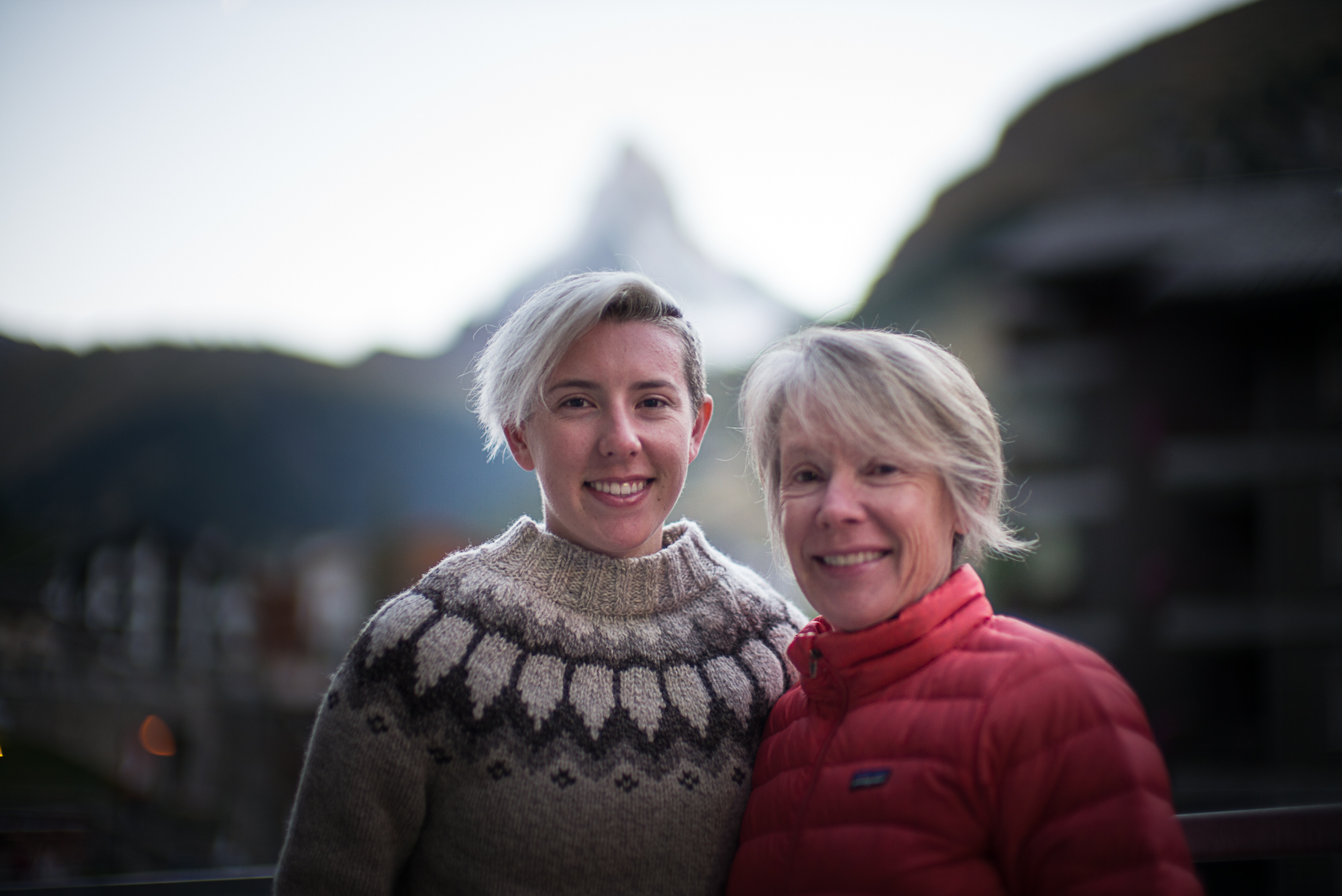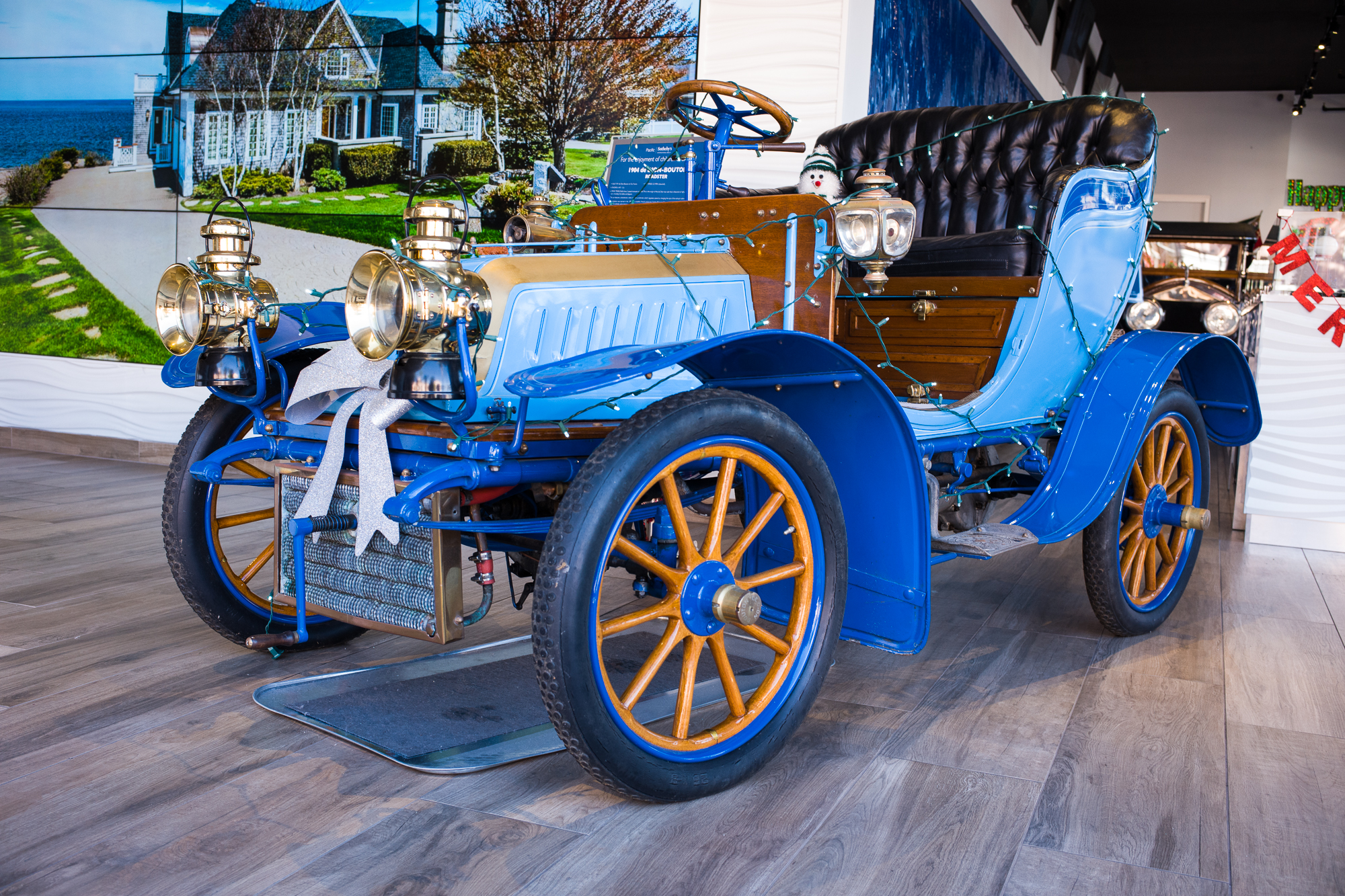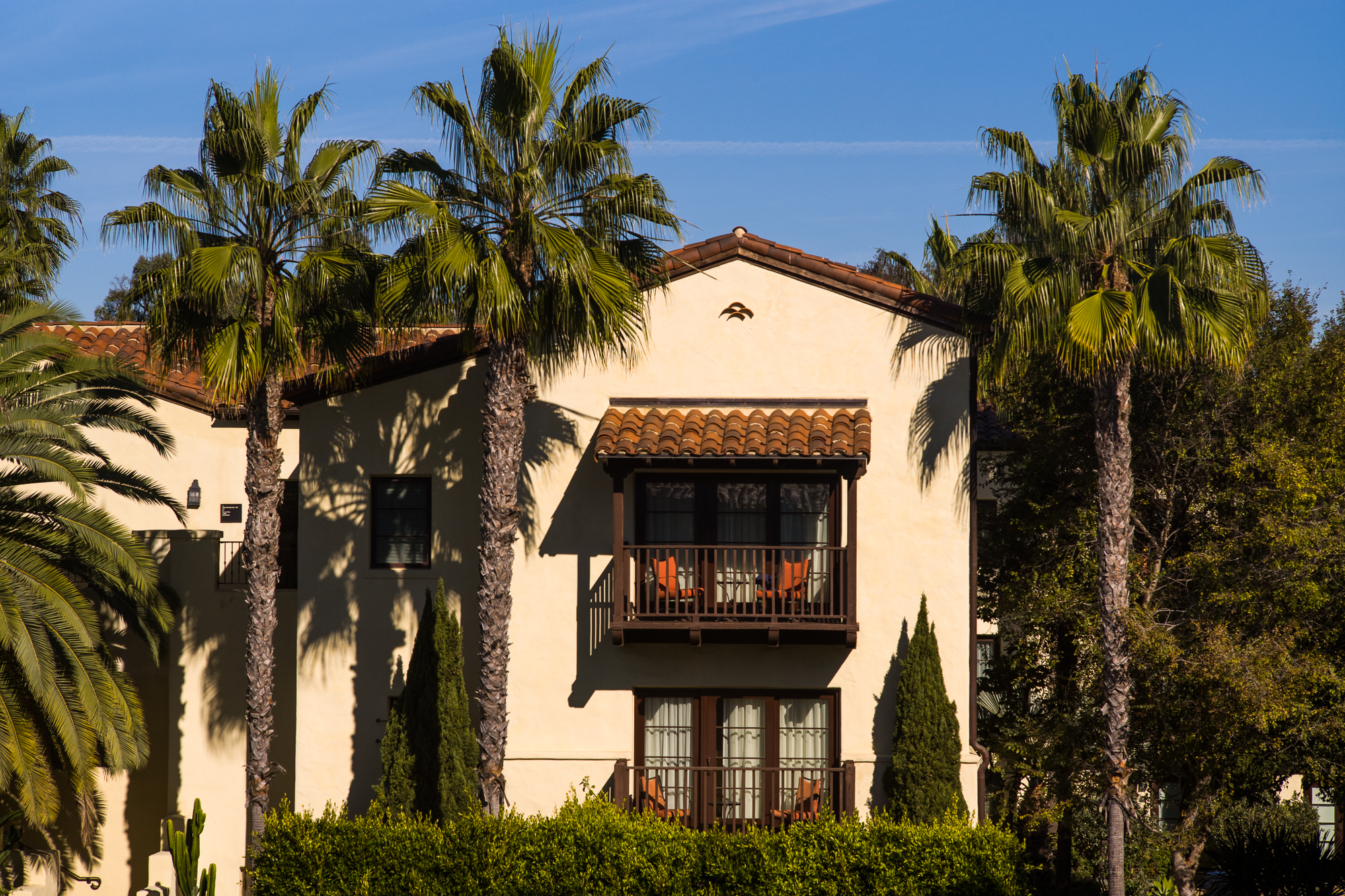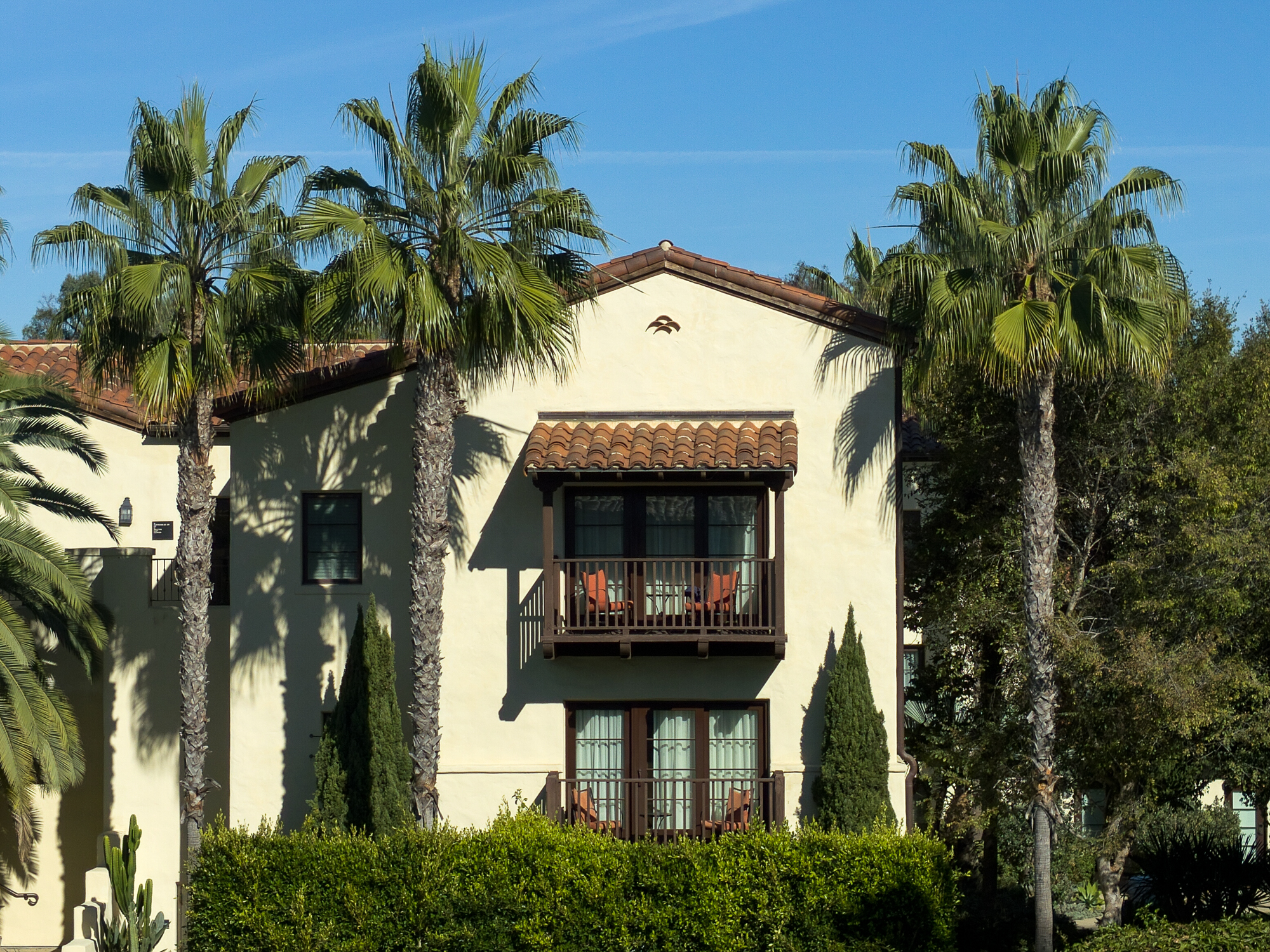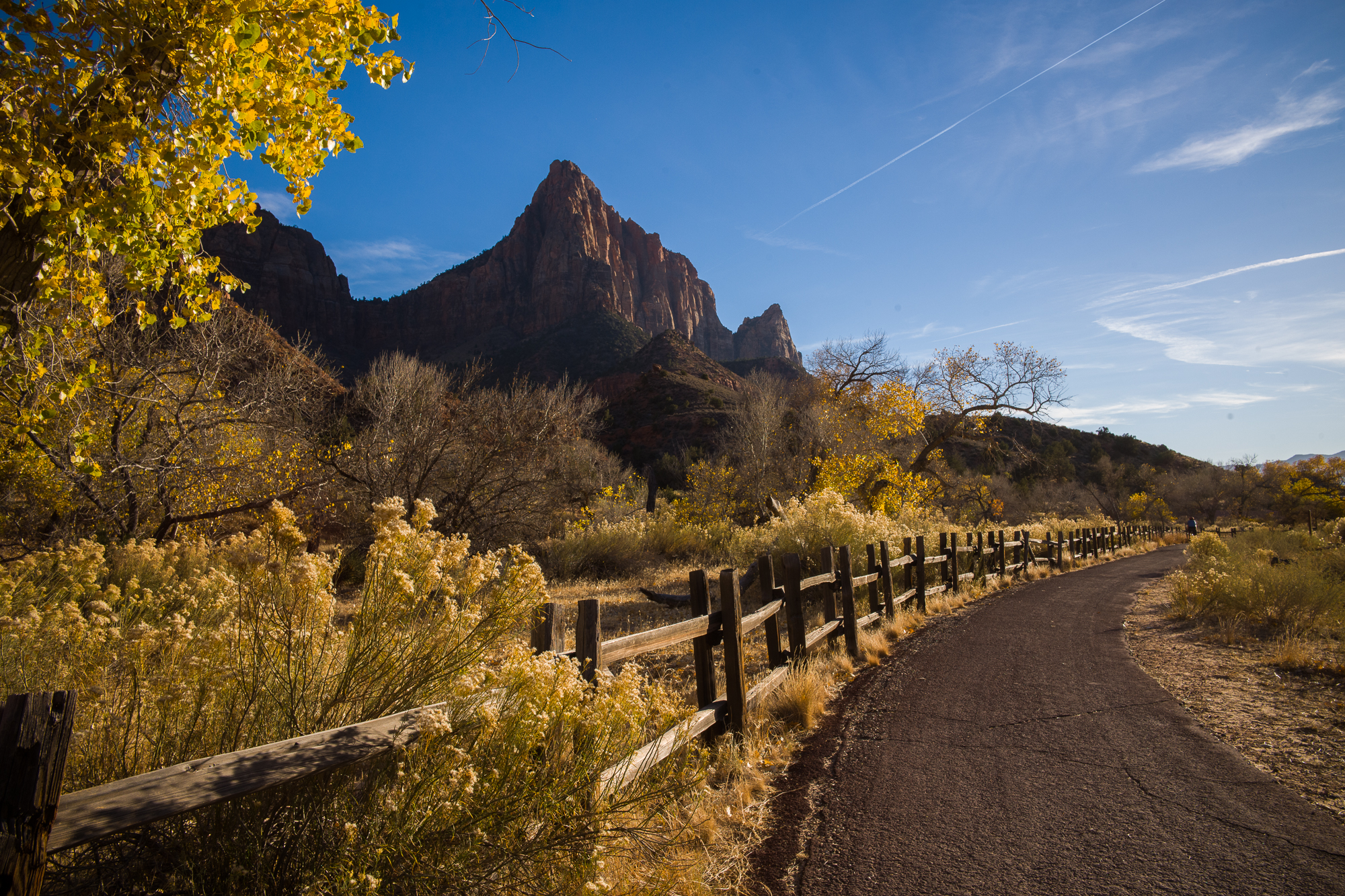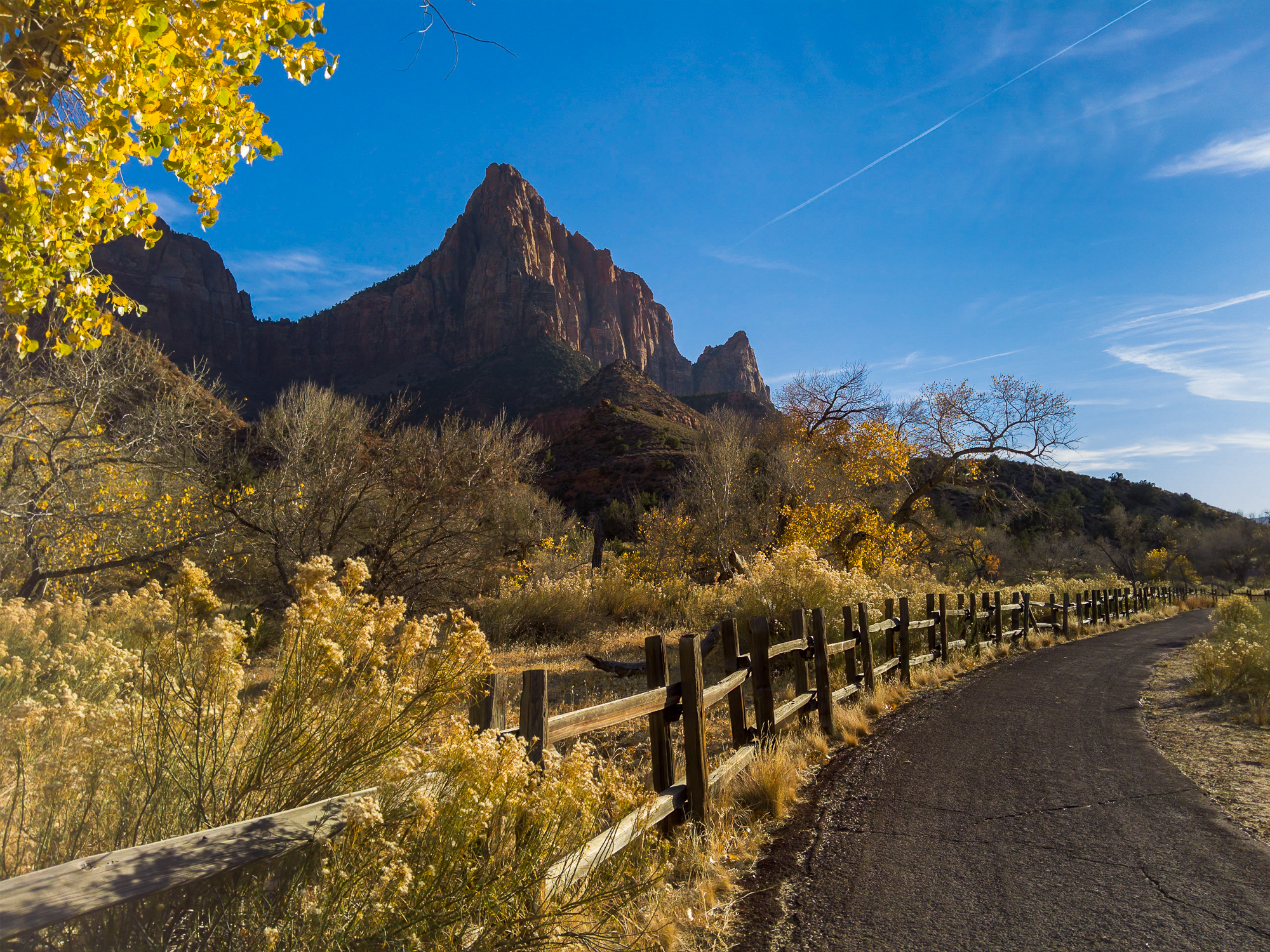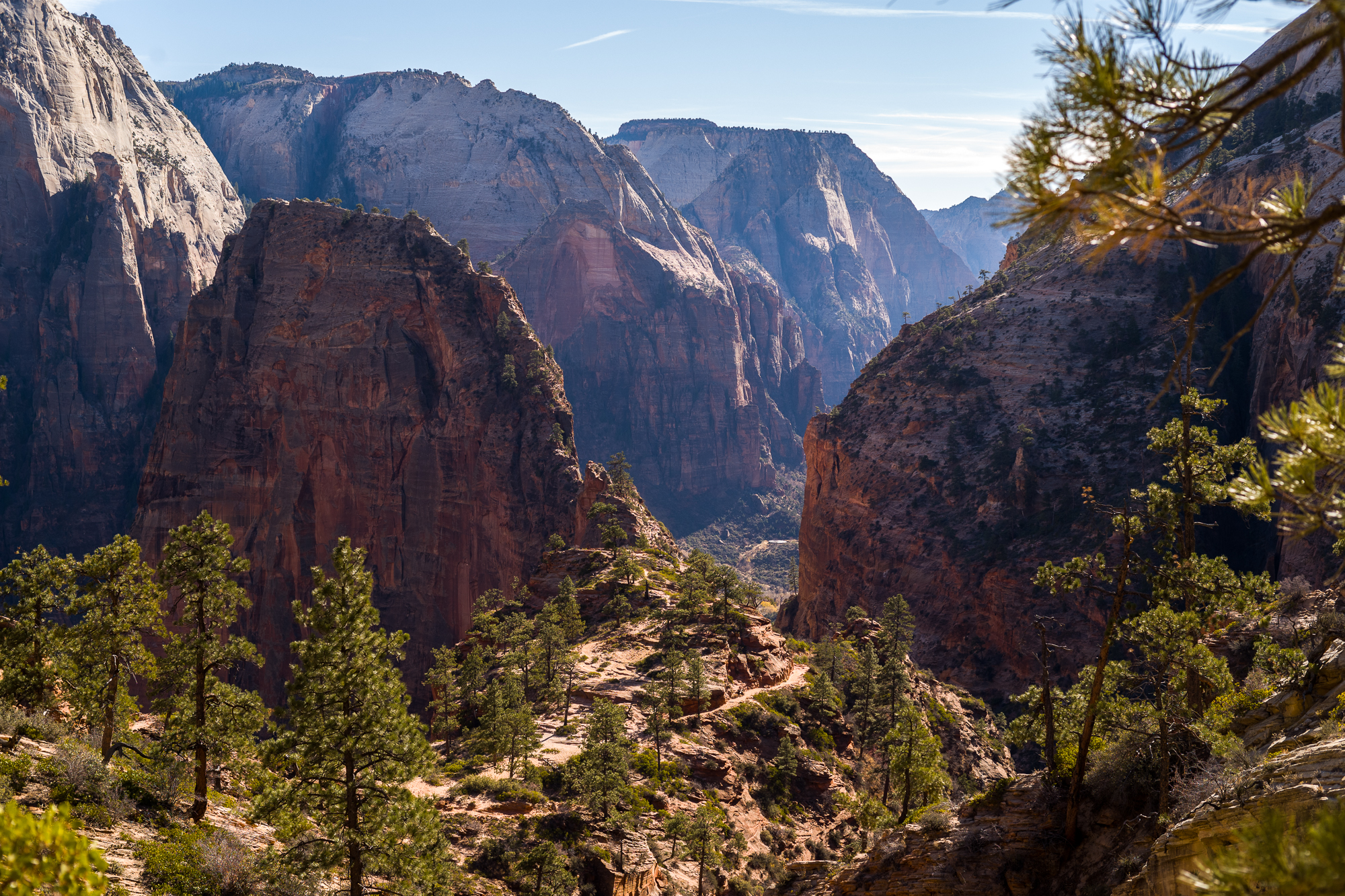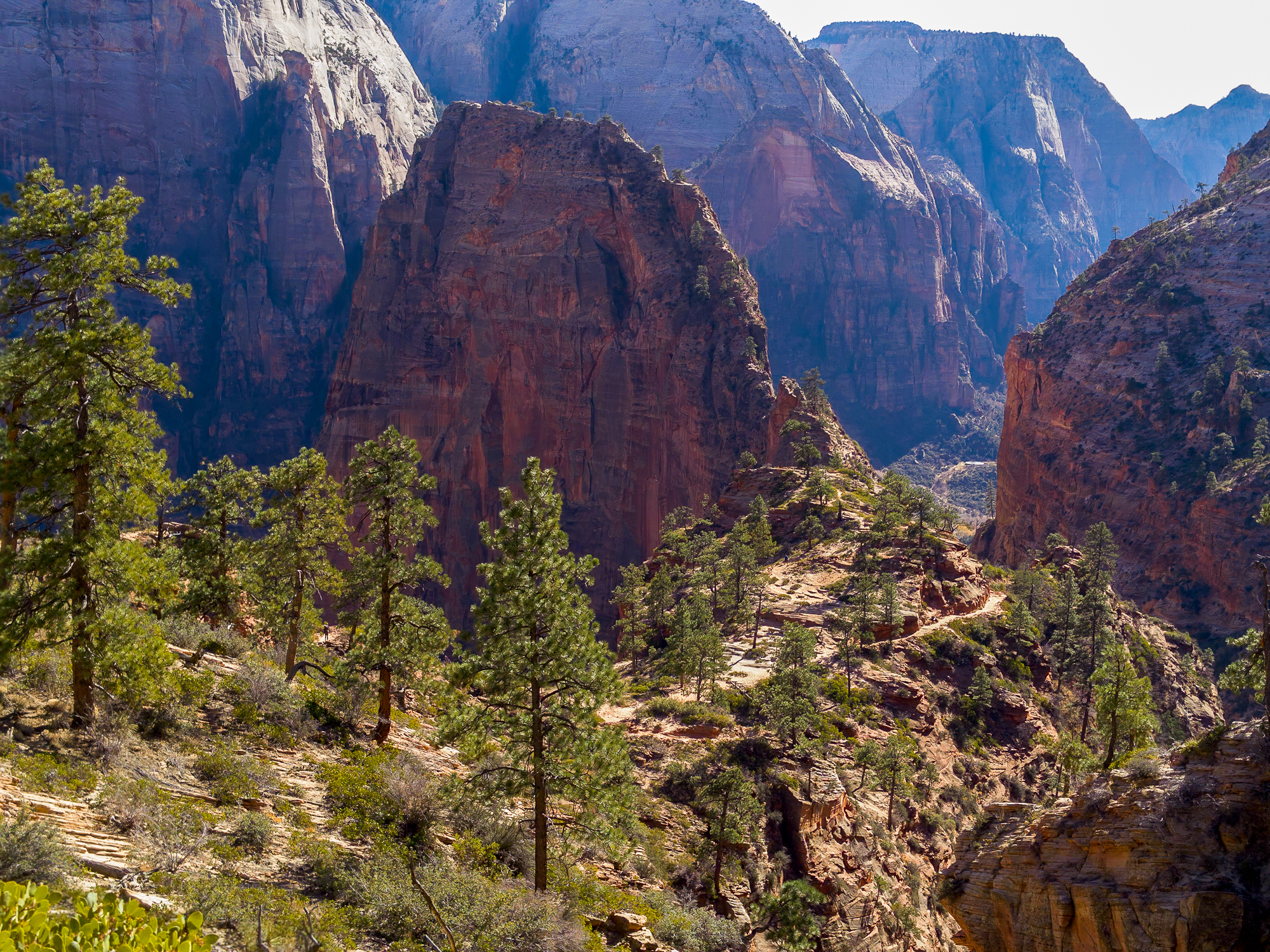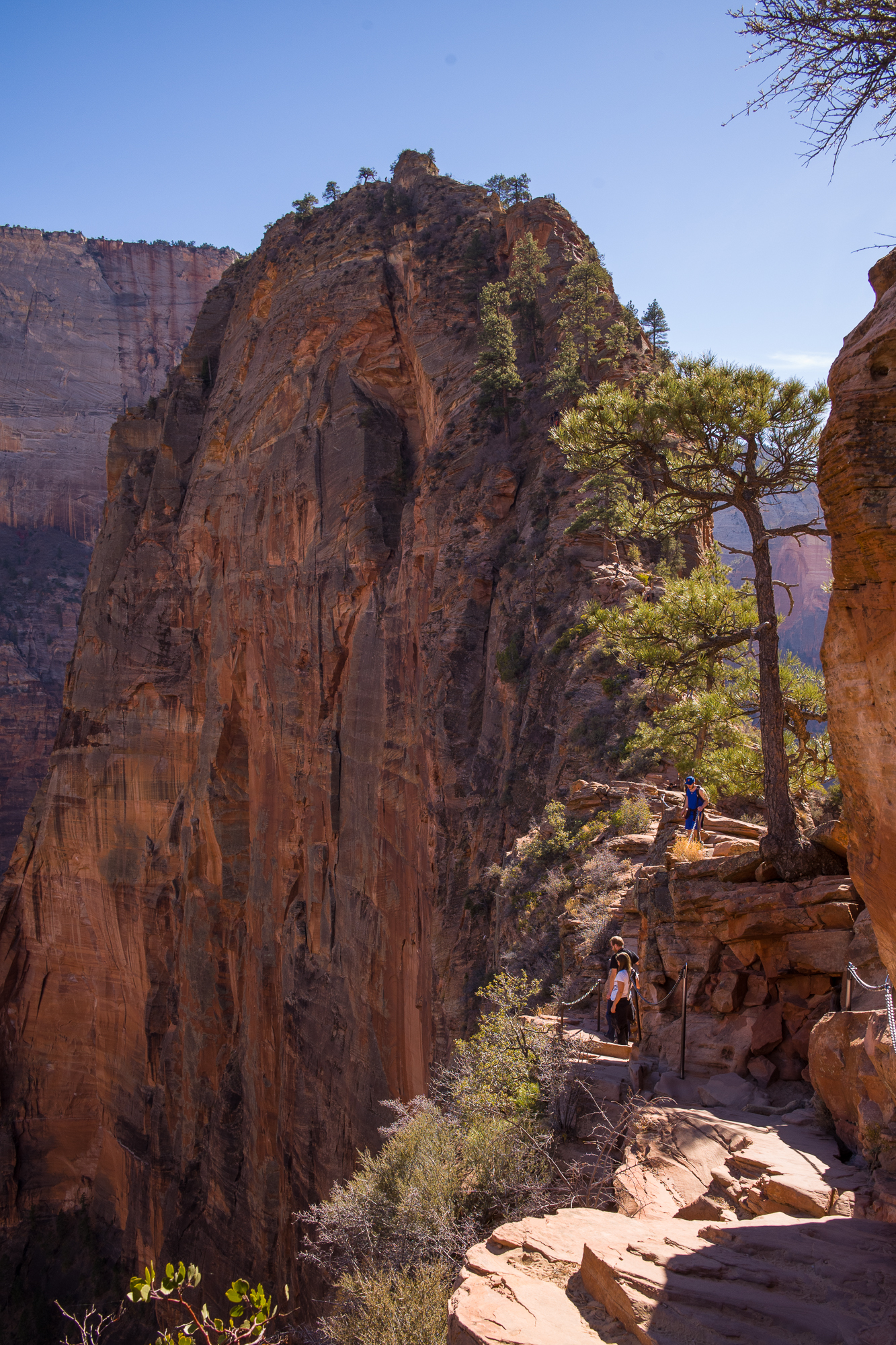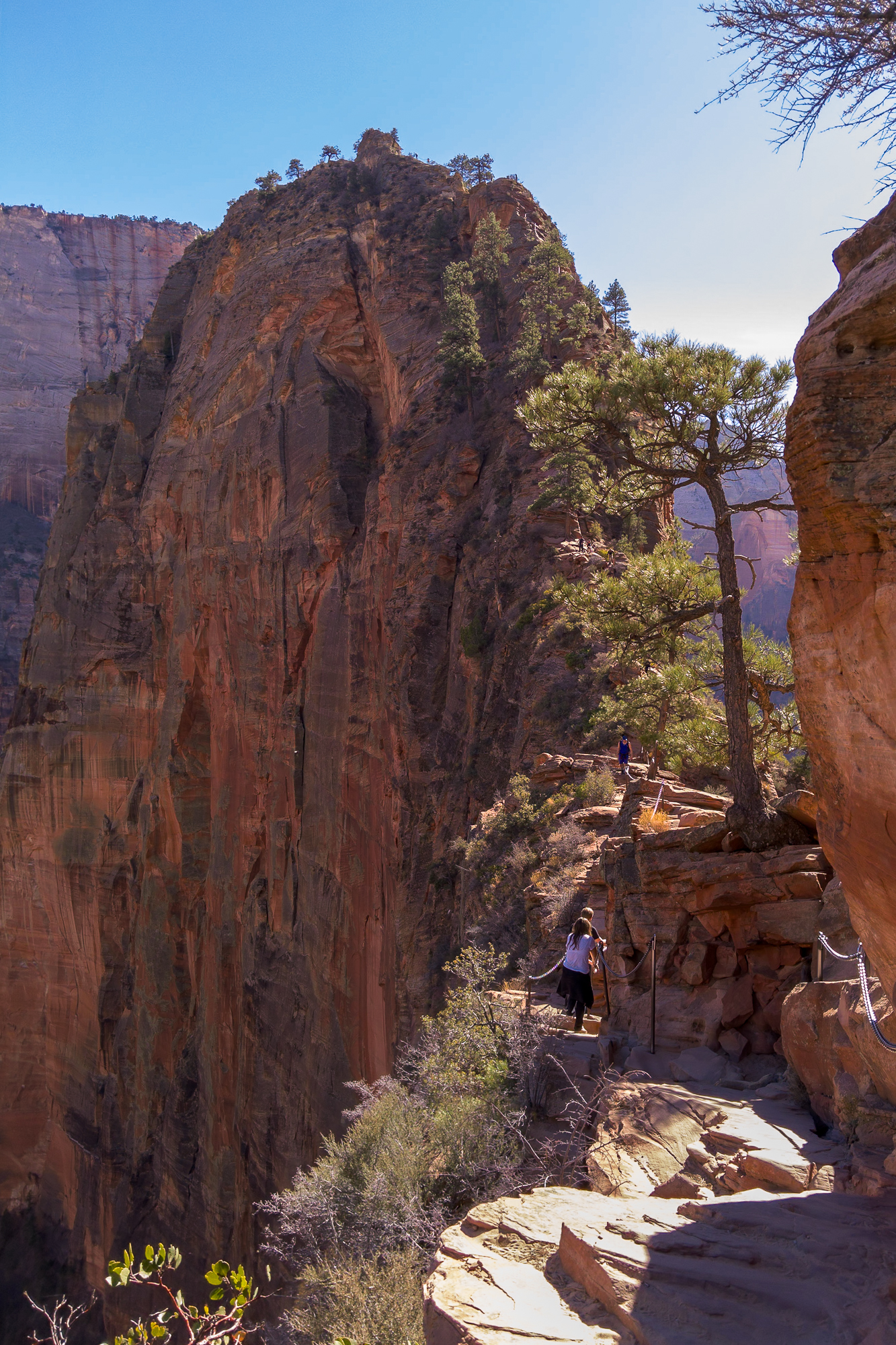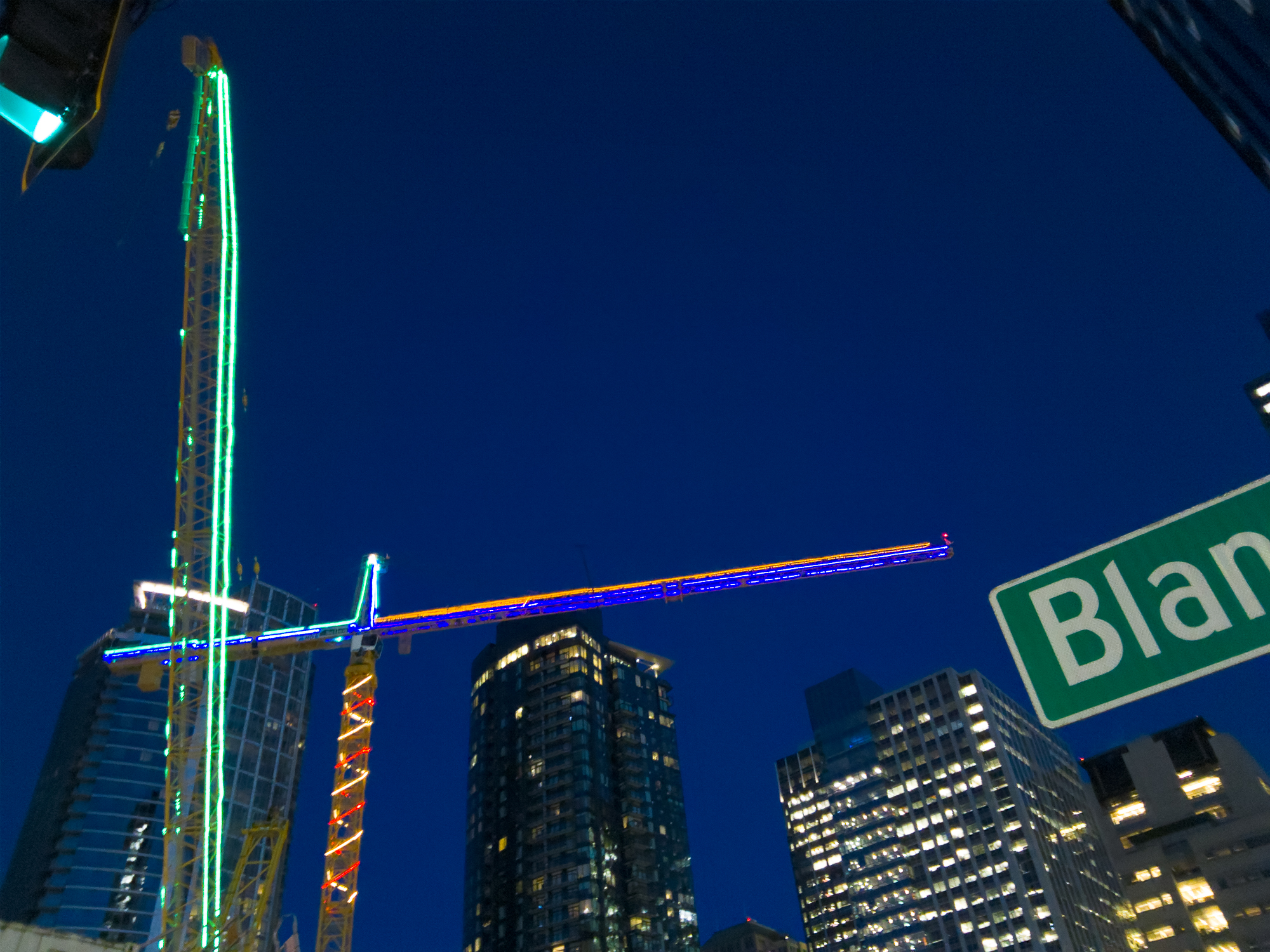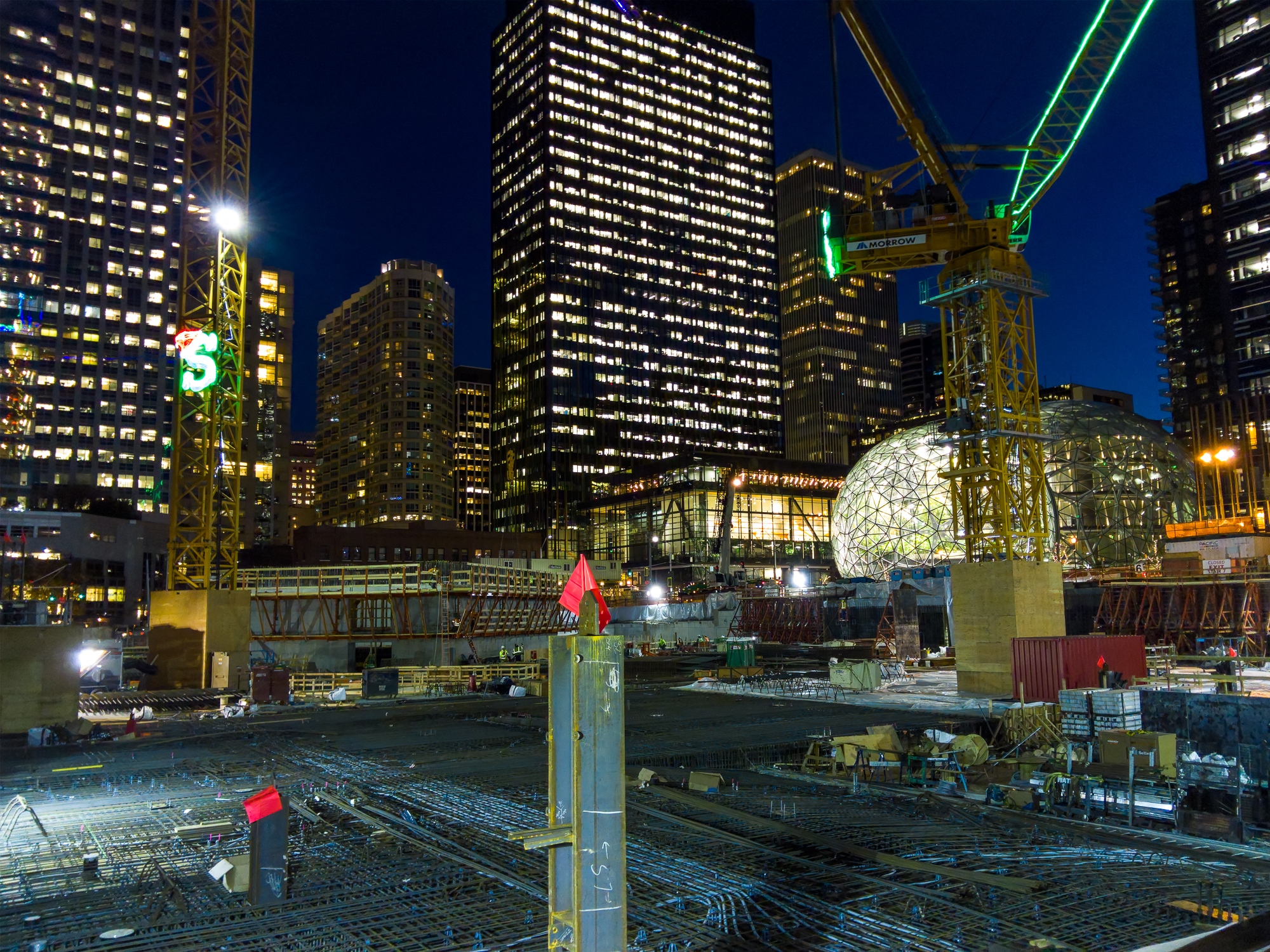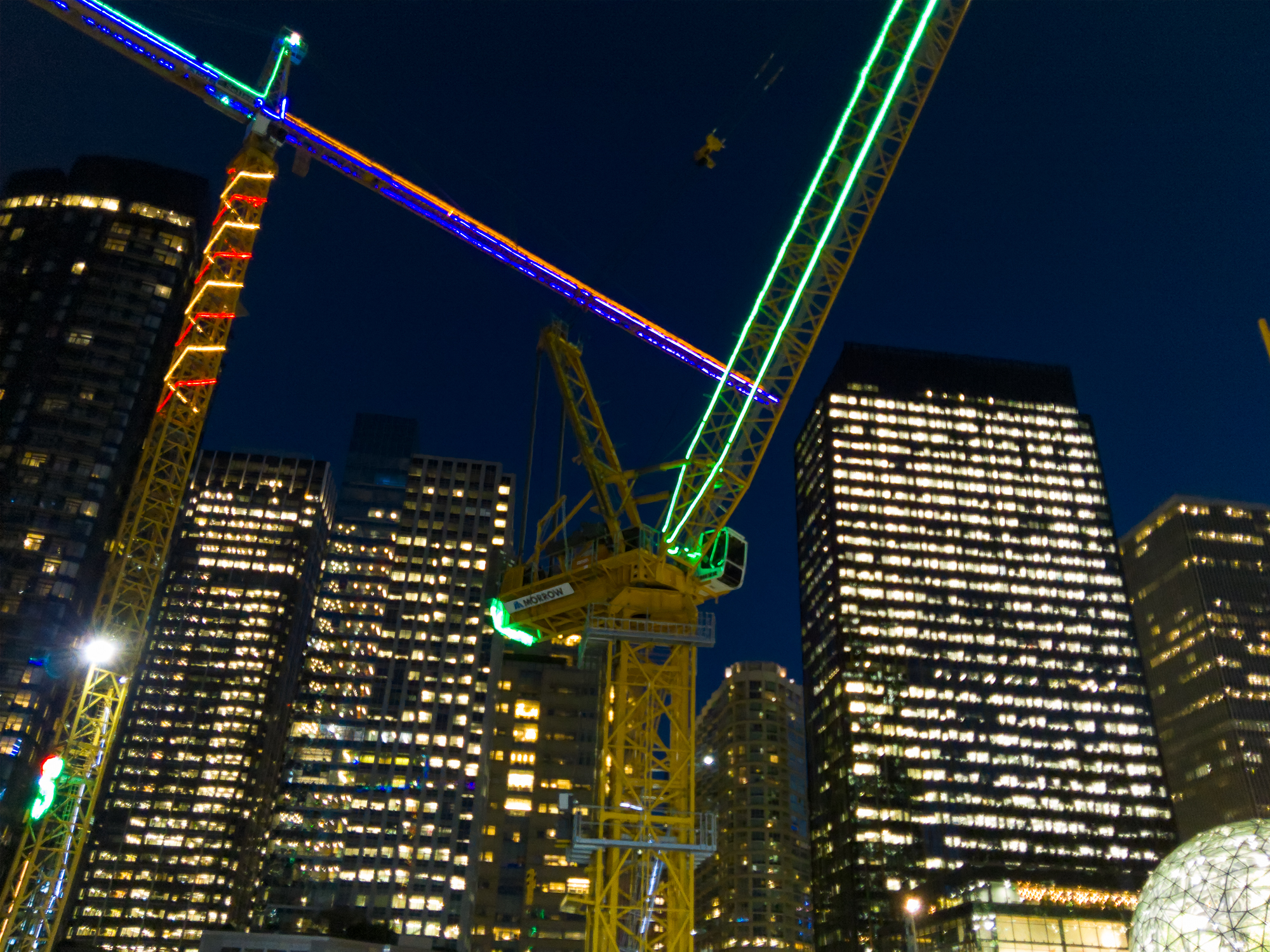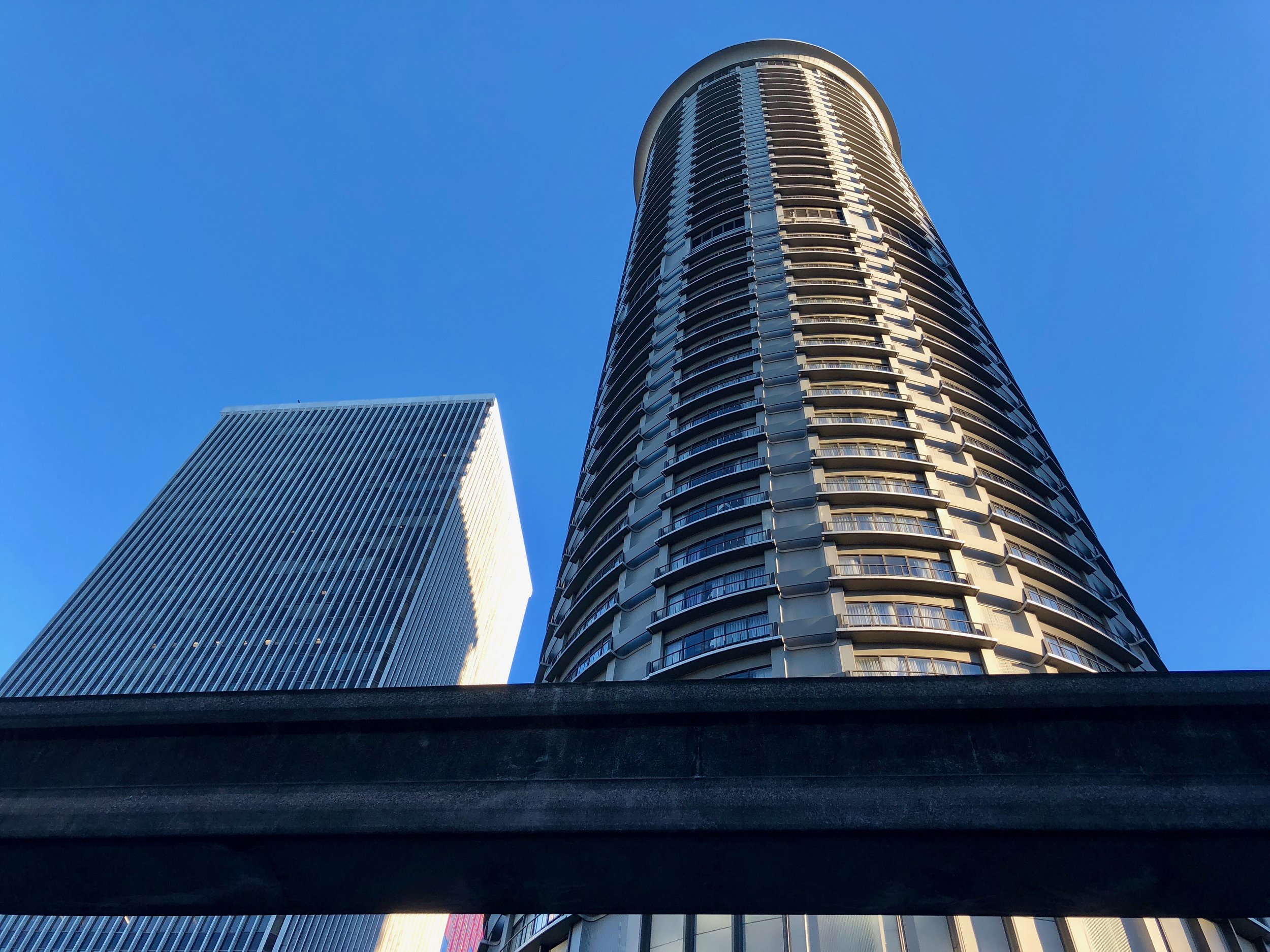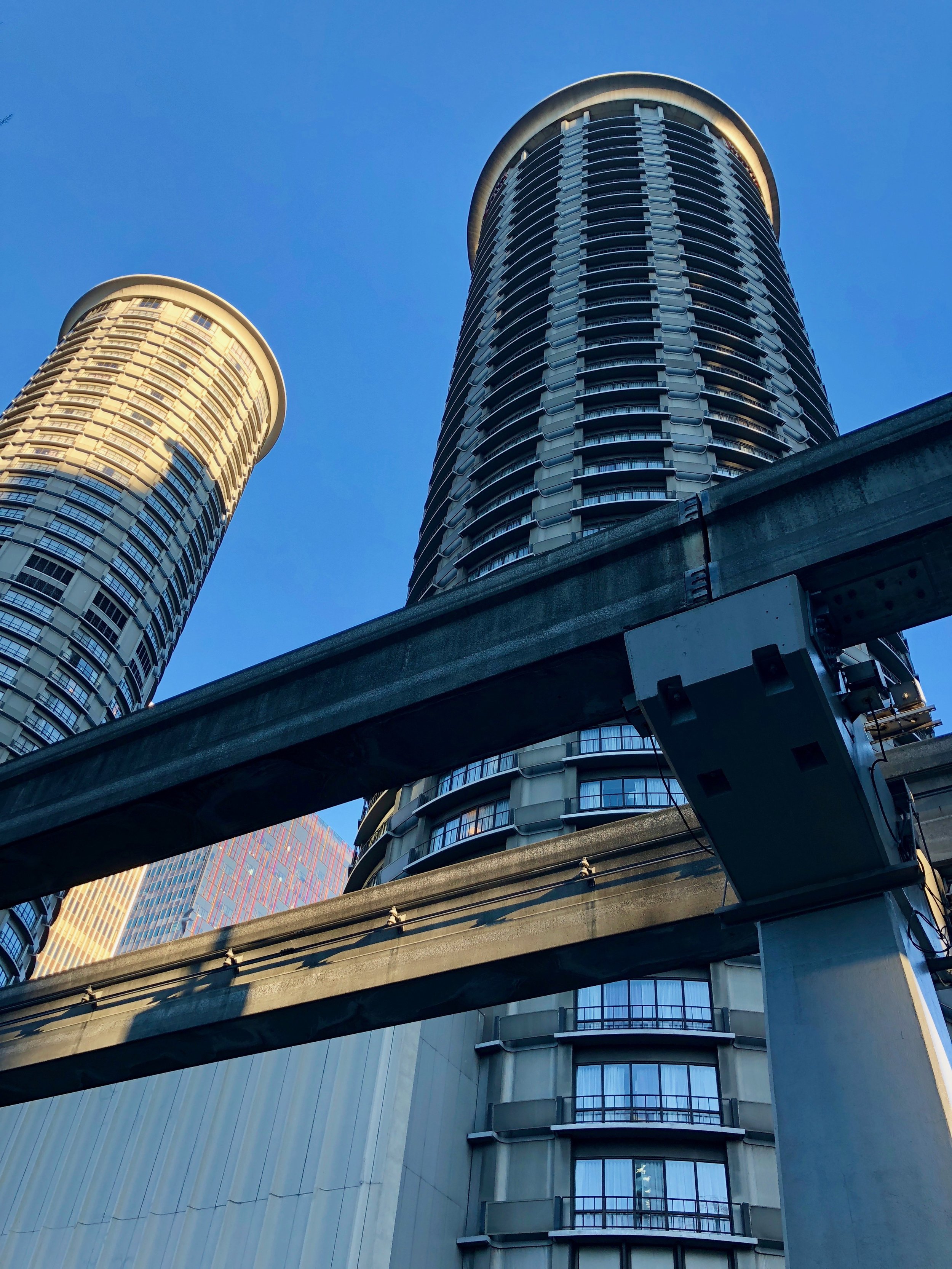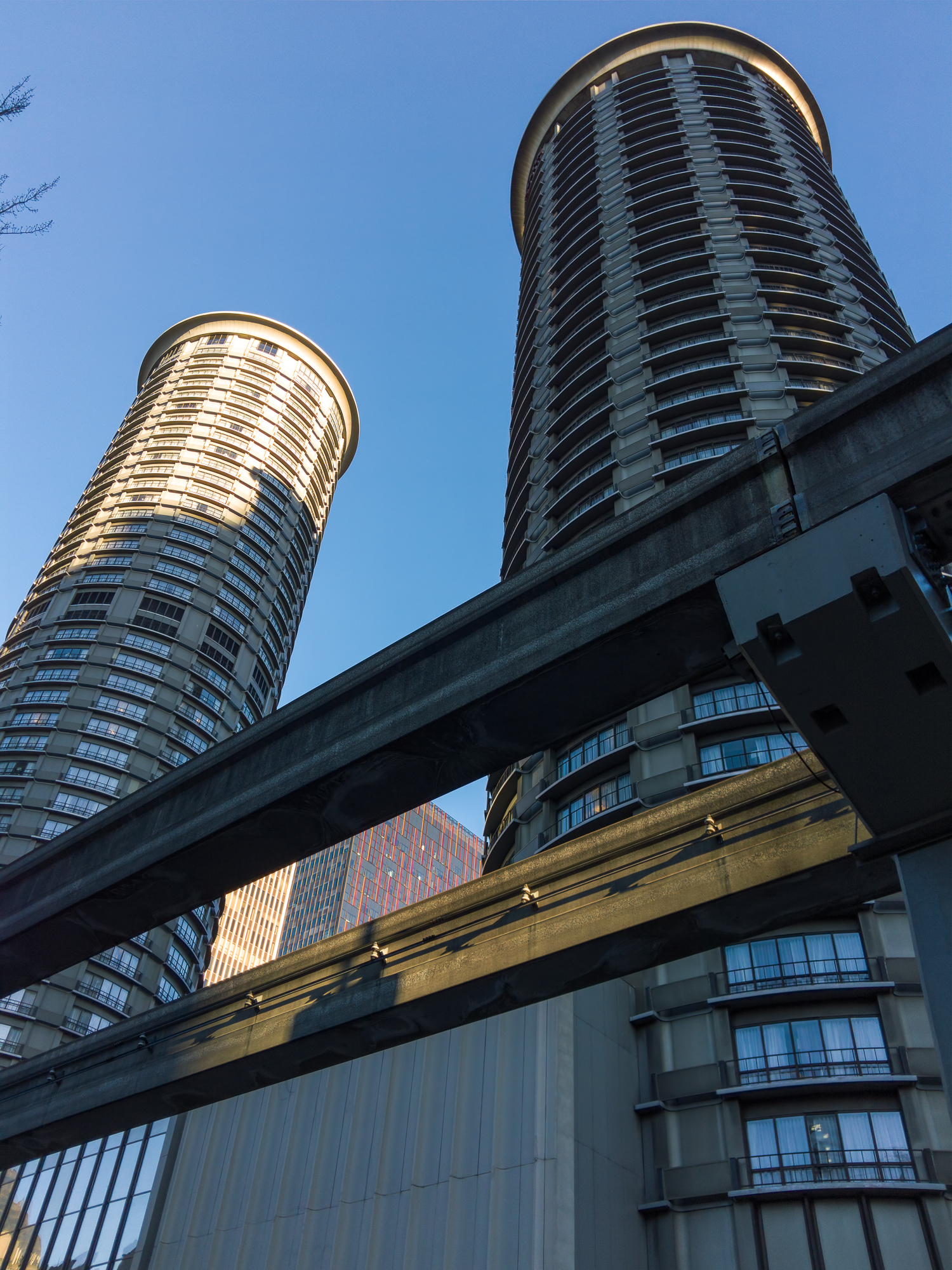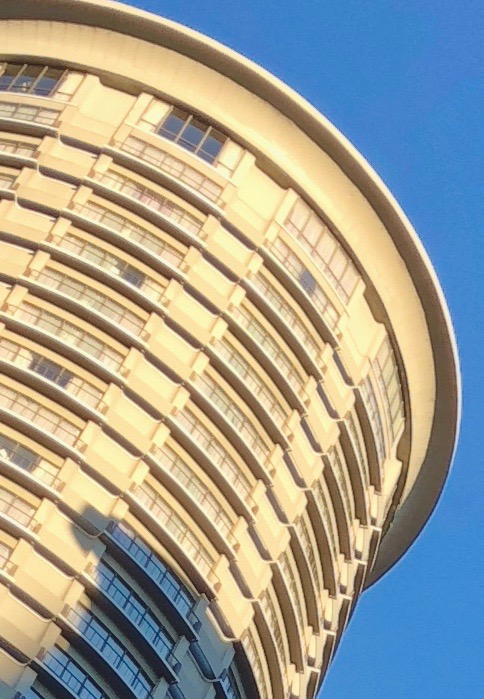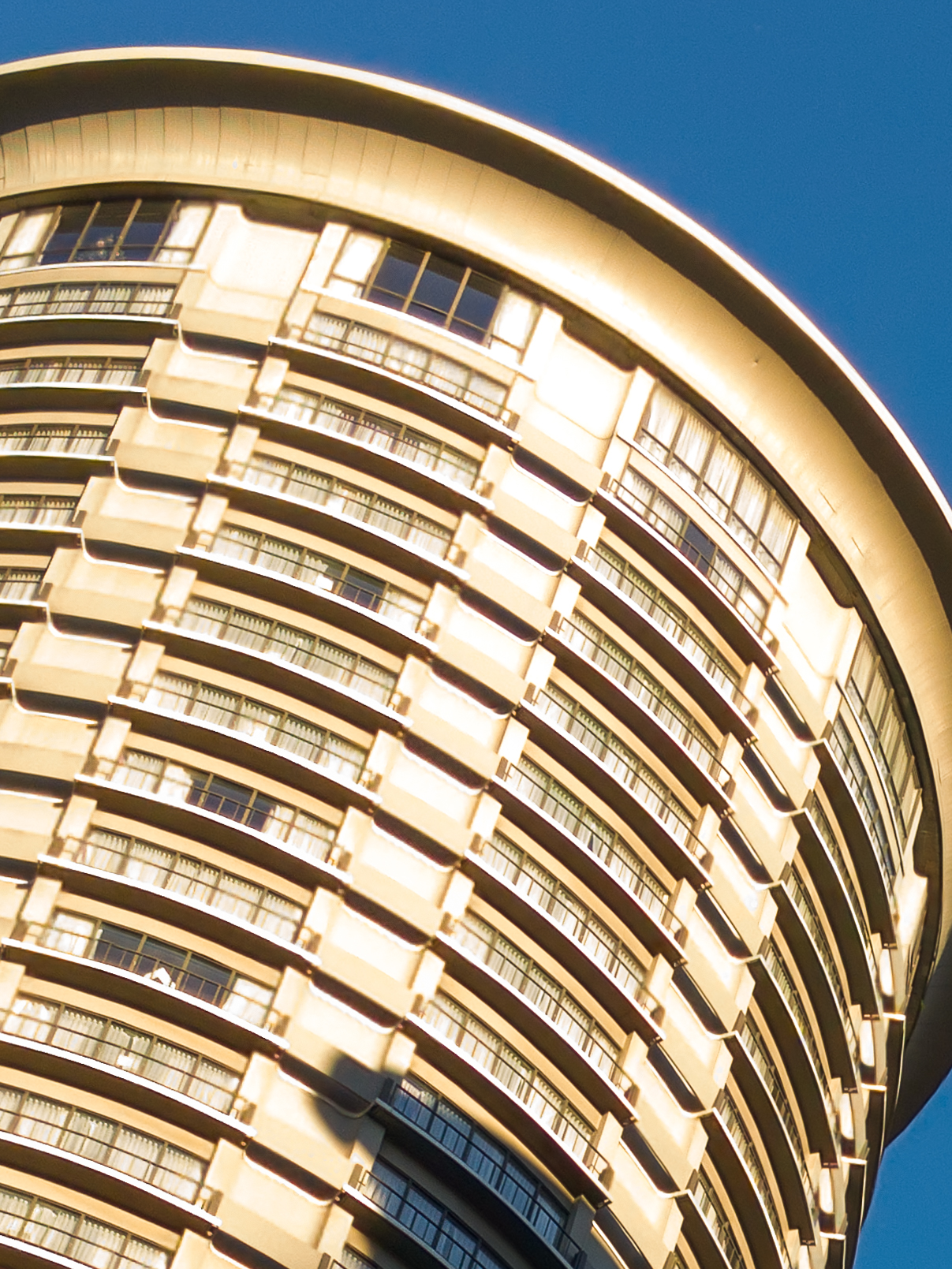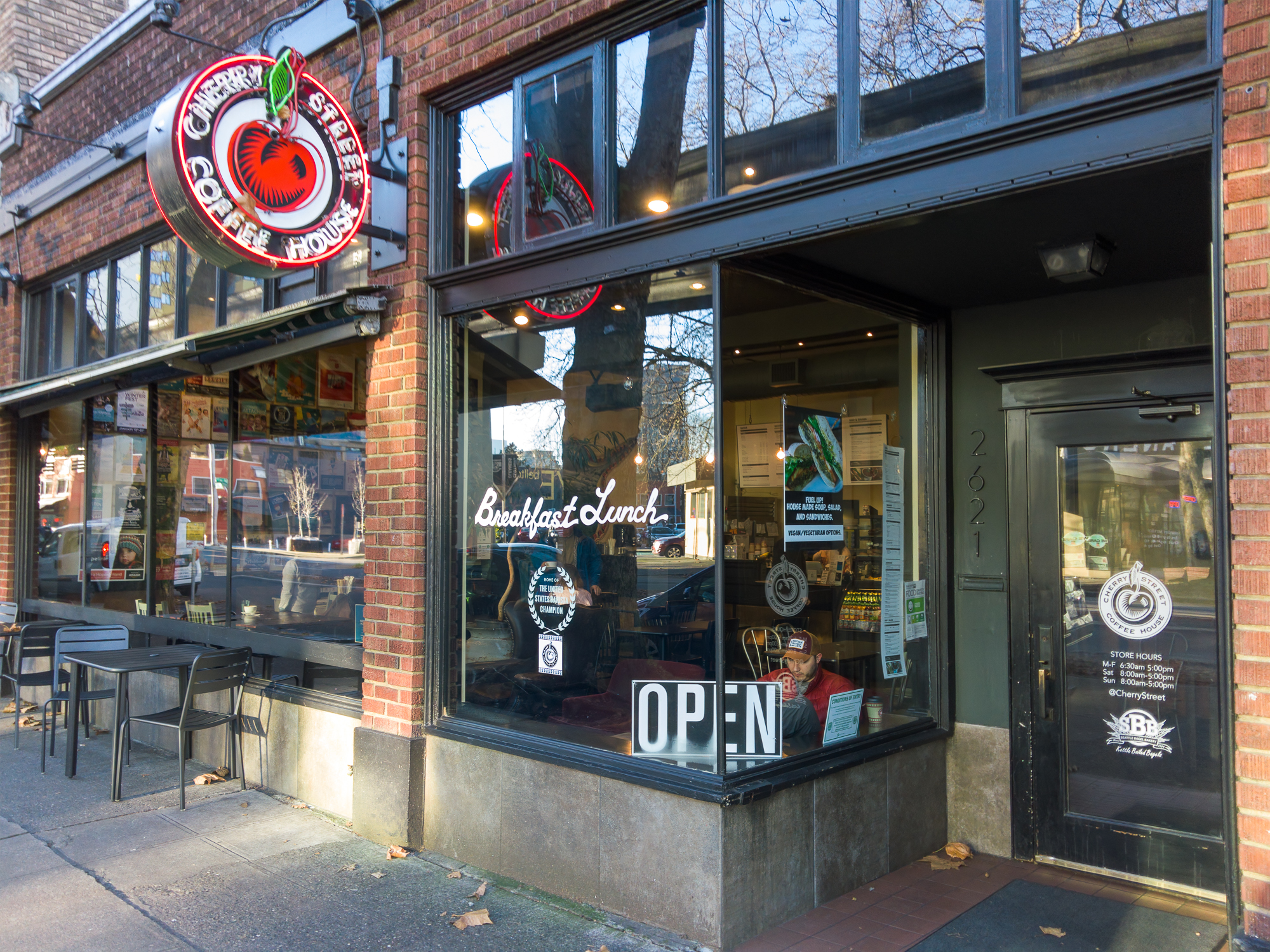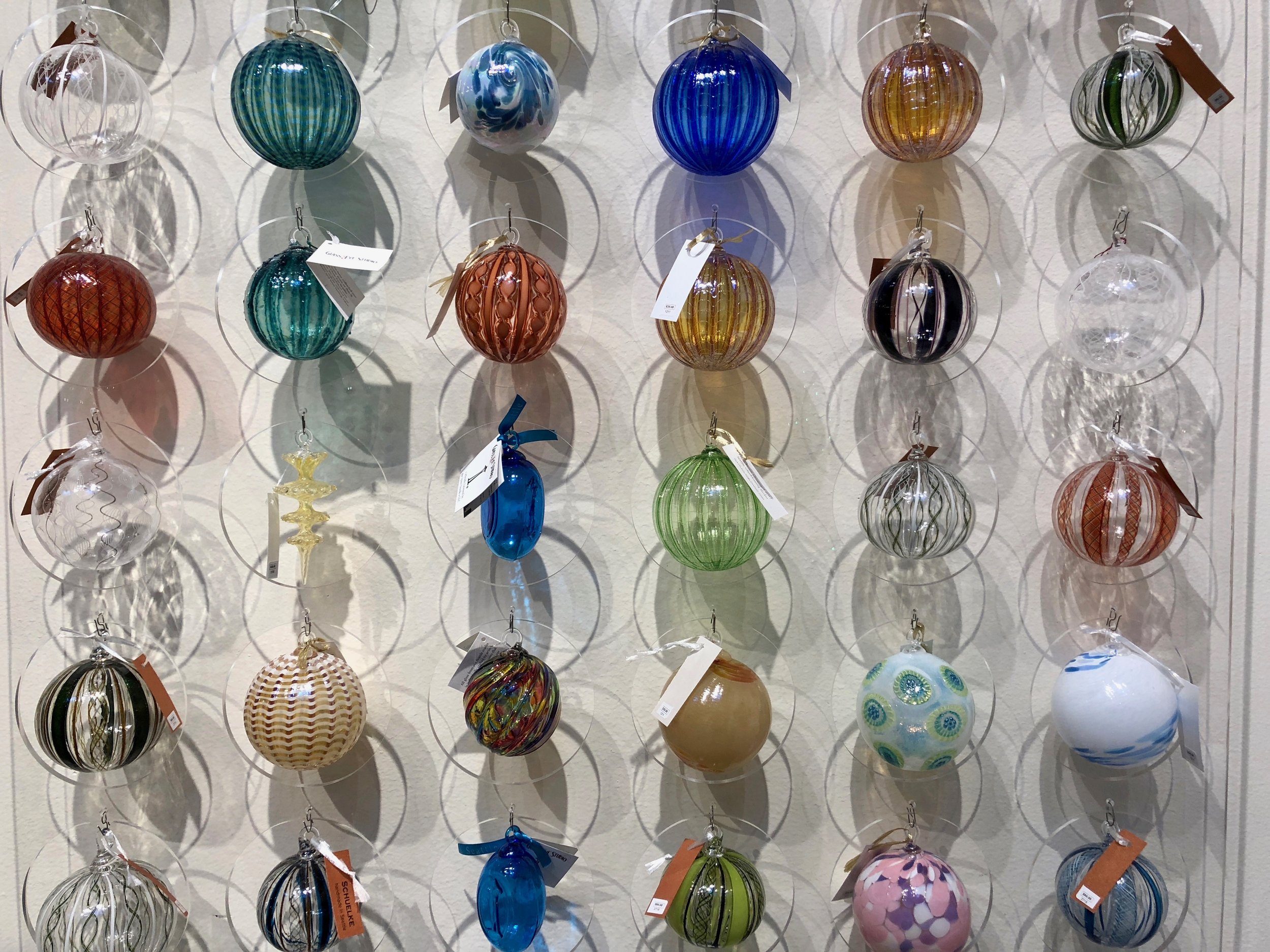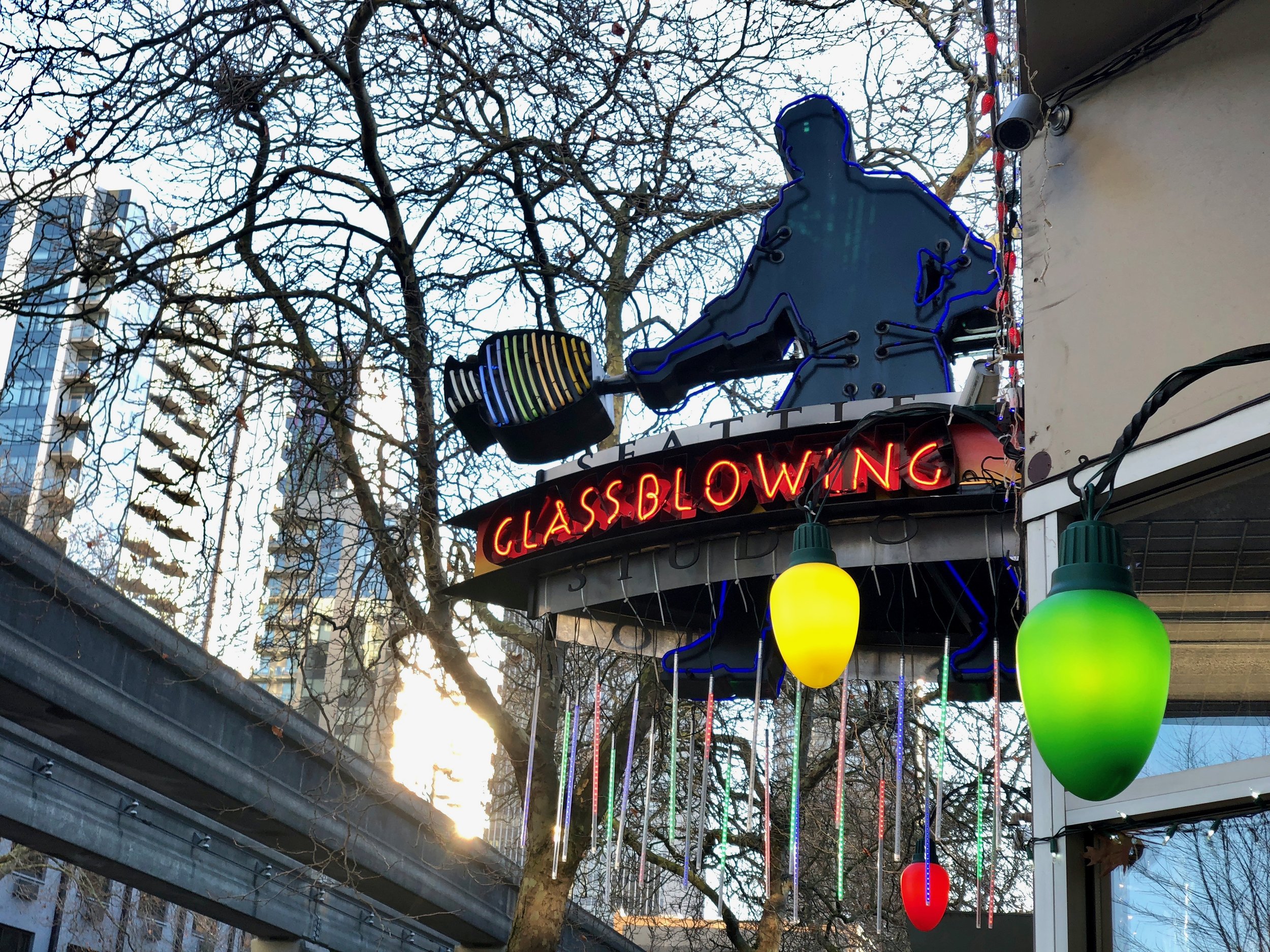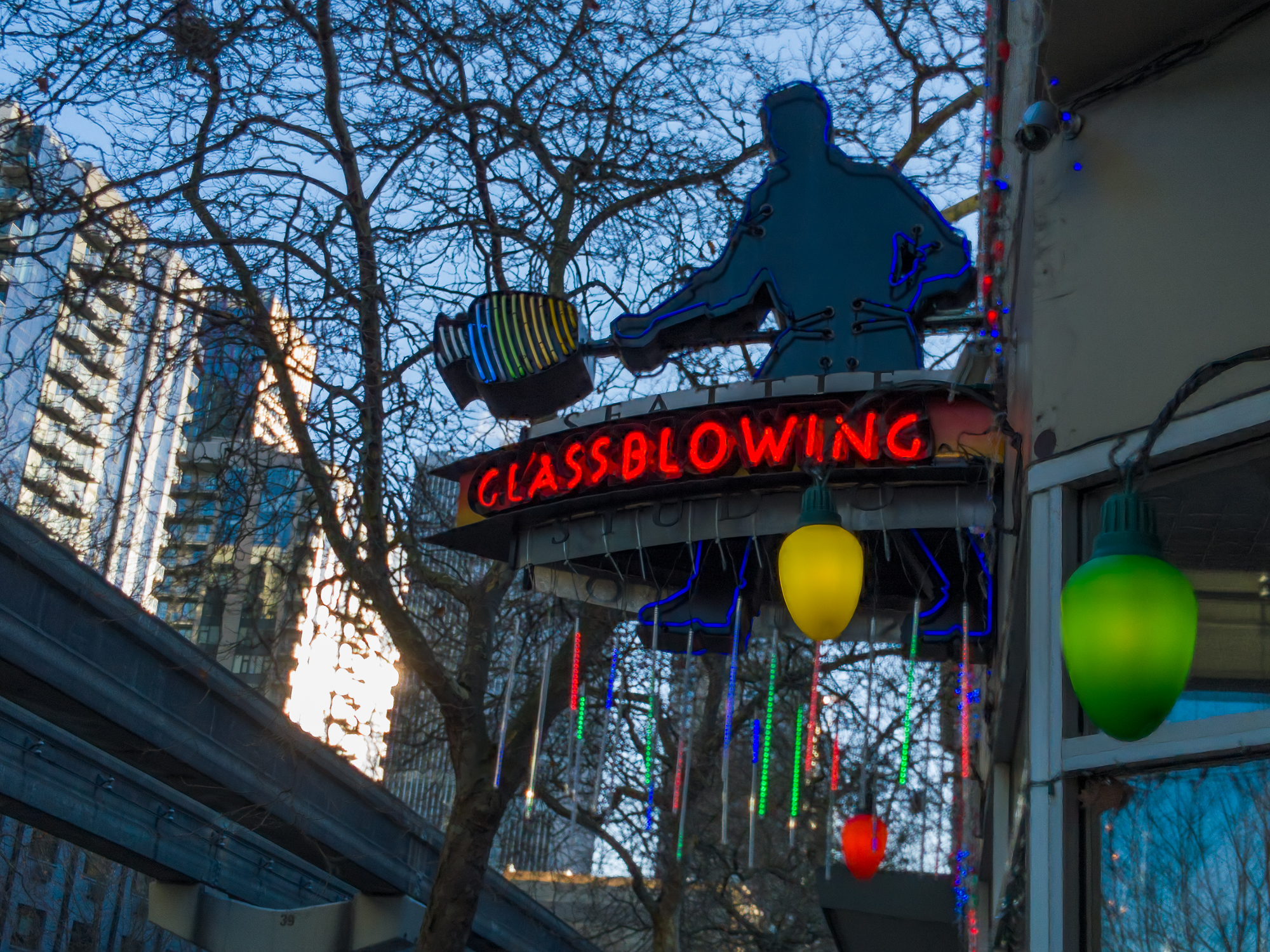Light L16 Computational Camera Review
“Everybody believes in innovation until they see it. Then they think, ‘Oh, no; that’ll never work. It’s too different.”
The Light L16 computational camera with 16 lenses, a Leica M10, and an iPhone.
Review of the Light L16 Computational Camera
The Bushnell quote is perfect for the L16 because when you look at it you can't help but wonder, "What is the Light L16 camera?" The best description is on the Light website, "This compact camera captures the details of your scene at multiple focal lengths, then uses sophisticated algorithms to combine 10+ images into a single, high-resolution photo... The L16 replaces the bulk and weight of a traditional single-lens camera with many small lenses and sensors that lie at 45-degree angles across a flat plane. When the L16 is fired, light enters 10 or more apertures. Using folded optics, the L16 bounces this light off periscopic mirrors, through horizontal lens barrels and onto individual optical sensors. The result is one exquisite 52MP photo, formed from 10+ slightly different perspectives." With computational photography a small camera like this can produce high quality images. Here is a 2 minute video from Light describing how a computational camera works. If the L16 lives up to it's promise it could serve my needs.
In my previous Leica M10 review, I stated that "in order to understand the review, you need to understand the reviewer." I encourage you to read it. For this review, the fact that I am a proud nerd with degrees in chemical and nuclear engineering could be relevant. Most of my career was in technology working in silicon valley. When a few silicon valley friends joined Light to build a computational camera, my engineering interest was aroused.
Pre-Ordering the L16
Two years ago in January 2016, I preordered the L16 which was estimated to ship the end of that year. That date came and went. Innovation is often difficult and doesn't often happen on a schedule. And the L16 is cutting edge. As time passed other innovations occurred in the camera world. Leica introduced the M10 which is smaller and lighter than my M240. And, Apple improved the camera on the iPhone X adding a second f2.4 lens and optical zoom. I upgraded both. When I pre-ordered the L16, I was really excited about taking high quality images with a small light camera. When Light notified me that the camera was ready to ship, I was eager to finally receive it. However,, my enthusiasm was tempered as the updated iPhone and Leica M10 both worked to fill the niche I was planning to fill with the L16.
Email of Disclaimer and Availability
In November of 2017, Light sent an email that my camera was available. But the email had a disclaimer that you don't often see. Here it is.
"We’re finally ready to put the L16 hardware in your hands.
Our work, however, isn't over. We’re still making our software—the brain of the camera—smarter. We expect the software to be in beta for the next several months. The good news is: with every over-the-air update we deliver (and we deliver often), your L16 experience will improve.
We’re going to keep pushing the L16 forward and into the future. If you’d like to join us and get your camera soon, click the button below to complete your order. All we ask is that you contact us directly whenever you encounter a bug or have a suggestion for a new feature. We’re counting on your feedback to help us make the experience better.
If you’d rather wait for a camera with more software features on day one, that’s fine too. You won’t need to do anything today—and your place in line will stay the same."
I appreciated the direct communication from Light on the status of the camera. But what if the L16 no longer filled a need, now that my Leica was smaller and my iPhone images were higher quality. I decided to check with Light regarding a return policy. The company stated that I could return the camera within a specific time period if I was not satisfied. So I decided to get it. Trying and testing the L16 is the only way to determine it's value.
Unboxing the Light L16
The camera arrived in a small, well protected box about the size of a large text book. Inside the box is the Light L16, a case for the L16, a charger, a cable and a wrist strap. Everything you need to get started (except a computer). Unboxing the Light L16 you are struck with it's compact size. It is small enough to easily fit in a pants pocket.
There was no manual and no software. The software to process the Light L16 photos is called Lumen and is downloaded from the Light website. The manual for the Light L16 is also available online. The modern and minimalist packaging was perfect for a cutting edge product like the L16.
Shooting with Light L16
Shooting with this camera is not the same as with my Leica M or a DSLR. It is more like shooting with a smartphone. You hold the L16 like you hold a phone. You look at a large LCD screen to frame your shot and use the touch screen to select the focus point, exposure and shutter. You swipe up or down to select zoom level. You use controls on the back of the screen to adjust brightness. There is an auto mode and a manual mode. In auto mode you simply touch where you want to focus and adjust the zoom. You can also adjust brightness in auto mode. In manual you can also adjust ISO and shutter speed. There is no adjustment for aperture on the camera since the aperture adjustment is completed in post-processing on the computer.
Shooting with a Leica or a DSLR requires contemplation regarding the type of photo desired when you push the shutter. Do you want shallow DOF (depth of field)? What is the exact point of focus in the image? A photographer typically looks through an eyepiece or viewfinder when taking a photo with a conventional camera and requires you to concentrate on the desired image when you push the shutter. As you cannot change DOF or point of focus on the image later, you only have this moment to "get it right." For better or worse, the Light L16 does not require this thoughtful approach.
A feeling of intimacy with a shallow DOF
There is a concept in photography called "composition" which is the process of creating the feeling you want the image to evoke. Composing an image is like creating music or painting. You desire to create a feeling for the viewer. For example, a landscape image may evoke a feeling of vastness. This is accomplished with a deep DOF so everything is in focus. Perhaps you want the subject in the foreground leading towards the distance. The Angel's Landing image below is an excellent example. When taking an image of a person do you want to evoke a feeling of intimacy much like a discreet conversation? Have you ever noticed that when you are talking privately with a friend and really concentrating, the only thing you see clearly is your friend? A photograph using a shallow DOF with a wide open aperture can create this feeling.
The ability to set focus point and DOF after you take the image reduces the need to consider composition when you push the shutter. Having a high resolution image allows you to reframe the image on the computer. With a computational camera much of the composition is created with the computer. There was a similar transition in photography from film to digital. With film, each photo was expensive. Every photo required sufficient care and individual attention. But with digital, images are almost free. There is a temptation to "spray and pray" - shooting a high volume of images and hoping that a couple provide the desired result. The ability to correct exposure on the computer with digital photographs from modern digital cameras was revolutionary. Modern digital cameras have excellent auto-focus and auto-exposure so the necessity to carefully consider focus and exposure is greatly reduced in the transition from film to digital. The ability to choose focus and DOF in post processing is a predictable evolution. But it changes the way photography is performed - using the camera to simply capture pixels rather using the computer to compose the photograph.
What the Light L16 does well
High Resolution with 81 Megapixels
The Light L16 produces impressive landscape photography. One relevant characteristic of landscape photography is a deep depth of field with everything in focus. With images up to 81 MP (Megapixels), the L16 is almost miraculous. Examine the L16 image below of the summit of Angel's Landing at Zion National Park. The first photo is the full 81 MP (10,432x7824 pixel) image. I needed to downscale it for the website to get reasonable load time. But you can see the full 81 Megapixels here.
Full frame of the L16 81 MP image. This has been downscaled for faster web loading times. The deep DOF gives a sense of the vastness landscape.
Cropping this image still provides a high resolution photograph with LOTS of detail. This image crop has 3.3 MP (2114x1585) and allows you to see detail that is invisible in the full frame image. Can you find 8 people below?
The 3.3 MP Crop of the original 81 MP image. Notice the detail of the people on top of Angels Landing.
Credit to Paul Vincent Farrell for showing the sharp area of the full image.
While the detail with an 81 MP image is astounding, looking closely note that clarity and resolution are not uniform. In the cropped image notice the top is a bit foggy. However the lower part of the image is sharp. The line between blurry and sharp is right at the top of the dead tree. This fuzzy to sharp line is around the perimeter of the photo and is an artifact of the L16 combining images. This artifact results from the fusing of multiple images from multiple lenses. This is why Light claims only 52 MP of resolution rather than 81 MP. If you want to understand this more, look at the technology description on the Light Website.
The shaded image on the right indicates the portion of the image that is not as sharp. If you want to print a high resolution photo on a large format, take this into consideration. You can print a very high resolution photo of over 50 megapixels. However, a full 81 MP print will contain this artifact. So, keep this in mind if you want a big print.
Below is another example of a high resolution 81 MP image and the crop. As with the previous image, this was downscaled for faster load time on this site, for the full 81 megapixels you can view it on Flicker here. The image was taken at the top of Angel's Landing in Zion looking down on the Virgin River weaving around Big Bend.
Virgin River bending around Big Bend on the valley floor at Zion. This is a downscale of the full 81 MP image.
This is a crop of the full image. The crop is 4.4 MP (2424x1818). The detail is quite amazing.
Image Quality
How do L16 images compare with images from a high quality, conventional camera? Below are a set of photos comparing the Light L16 to the Leica M10. Each was taken at the same time and place. The Light L16 images were processed first with Lumen and then Lightroom. The Leica images were processed with Lightroom. You can judge the image quality for yourself.
Urban Night Photography
The small form factor of the L16 camera makes it easy to carry in a populated urban setting. I decided to walk around Seattle at night and try it out. All these images were taken without a tripod just holding the L16 in my hand. The results are pleasing with impressive dynamic range and color.
Where the Light L16 needs to improve
Tedious Work Flow
The workflow for the L16 is my strongest concern. Lumen is the Light SW package that processes all images from the L16. The camera simultaneously captures 10 images and creates an LRI file. This LRI file is then processed with Lumen and converted to a single image, either DNG or JPEG or both. If you desire further processing, you must move the image to Lightroom, Photoshop or another photography application.
Lumen control panel. Click the film strip below to choose the image to be processed.
Light stated their Lumen and camera software was still in development. Light clearly states to customers in the email disclaimer that the SW is "beta" and it continues to change and improve. During my one month trial period, there were several updates to both Lumen and camera SW that improved quality and functionality. However, the current workflow is cumbersome and time consuming.
First, you connect the L16 camera to the computer with a USB cable. You open Lumen and transfer files from the camera to the computer. The file transfer creates unique names for each LRI file and creates folders (by date of import) for the LRI files. In Lumen you can perform basic image processing and create a DNG or JPEG. The extent of the image processing capability can be seen in the screenshot of Lumen (above). In order to do additional processing (shadows, highlights, WB, black point, white point, etc) another application like Lightroom or Photoshop is required.
In addition to simple image processing, you can adjust the focus point and the aperture (DOF) in Lumen. You can delete unwanted LRI files from the Lumen SW. (This important capability was recently added.) Next, select the LRI images to convert to DNG or JPEG in Lumen, and do a batch conversion. You can maintain full resolution or downscale the resolution of the DNG/JPEG to reduce file size. I usually export full resolution DNG files so I have more to work with in Lightroom. However, this means the files are huge. A single image will have an LRI file of up to 250 MB and a converted DNG file of 284 MB. So disk space on your computer rapidly disappears. I solved this problem by keeping all my Light L16 images (both LRI and DNG) on an external disk rather than consume the internal disk space on my MacBook Pro. While this solves the problem of local storage, it creates a new problem of increasing file transfer and processing time. It is a personal decision of which problem you decide to live with.
To batch convert 20 images from LRI to DNG with this setup takes 15 minutes on my 15" MacBook Pro (2013 2.6GHz Intel Core i7, 16GB RAM). Out in the field I typically shoot up to 100-200 images. Taking 3 hours to convert images to DNG so I can then import them to Lightroom is laborious. I have Lightroom set up to keep these images on the external drive for processing. Loading a 284 MB image into Lightroom from the external drive takes a little over a minute per image. The combination of new Lumen SW, the need to convert the LRI file to DNG or JPEG, importing to Lightroom for final processing, and managing the huge files makes the workflow cumbersome and slow for large numbers of images. In my opinion the workflow is currently the most significant limitation to the L16. Hopefully, Light will address this issue. If the L16 could export DNG files directly from the camera, the workflow would significantly improve.
Shallow DOF Images
Shallow DOF images are currently a disappointment. The ability to change focus and DOF after shooting is one of the benefits of computational photography. Unfortunately, the results of the SW are not satisfactory. I expect this capability will improve over time. Artifacts around my head and shoulders are clearly visible in the image below. Unfortunately, this image is typical and not a worst case example.
Notice the artifacts on the edges of my head and shoulders.
Touchscreen Controls
This may be a matter of personal taste, however I prefer the precision of manual controls for focus, zoom, and exposure. In cold weather you may be wearing gloves which makes touchscreen inconvenient. An attractive use case for the Light L16 is active sports such snow skiing or mountain biking. However these sports use gloves. Taking your gloves off to use the camera is a hassle. Though the same hassle exists for a smartphone.
No Histogram
Currently, the L16 has no histogram to assist with setting exposure. While not necessary, this feature is very helpful for photographers comfortable shooting in manual rather than auto mode and is a standard feature on most DSLR's.
Precision of Focus and Timing
The L16 allows you choose your focus point by positioning a circle on the touch screen to the object of focus. The lenses then autofocus to that point. There is often a lag as the camera tries to focus as you push the shutter. If you are trying to capture a moment, that moment may expire. Shooting sports requires precision timing that may be difficult with the L16 as it currently operates.
I would like to see a manual mode to improve focus precision. Simply a setting to manually set focus to infinity would be helpful. Perhaps Light could use multiple L16 lenses as a range finder to enable precision manual focus. A rangefinder manual focus mode would be a very helpful upgrade in capability. This is an example of a new feature that a computational camera like the L16 can get instantly with a software upgrade.
If Light could modify the SW to allow for manual focus it would bring precision to both focus point and shutter timing.
Comparing the L16 to the iPhone X
The shooting style of the L16 is comparable to a smartphone rather than a DSLR or a Leica. With a conventional camera, you often immerse yourself into the camera's eyepiece to think about the composition. Smartphones as well as the L16 use an LCD screen for composition and touchscreen controls. Both are easy to carry and can slide into a pants pocket. In many ways the photography experience with the L16 is much closer to an iPhone than a Leica or a DSLR. View the photos below to compare images taken with the L16 and the iPhone X?
Honestly, comparing the L16 and iPhone X yielded surprising results. The L16 demonstrates higher resolution detail on the cropped photo of the Seattle Hotel. You can clearly see creases in the curtains of the windows on the 30th floor. However, the higher resolution is not beneficial for a full frame image unless you print the image in a large format. I found some of the iPhone photos seemed to have better focus, but this is likely my error when shooting the L16. That said, the iPhone didn't have that same error.
Where the iPhone was MUCH better than the L16 was the workflow. Basically all the iPhone images are all processed on the iPhone. Just point, shoot, and display. All the L16 images needed to go through the workflow described above.
Final Thoughts
When the Light L16 performs well it is phenomenal. There are interesting capabilities that a computational camera technology provides.
- Exquisite detail in high resolution
- Compact size and weight is useful for activities such as cycling, skiing, hiking and travel
- Ability to set focus and DOF in post processing
- Software upgrades improve performance and capability
However, the workflow is time consuming. My preference is to spend more time shooting and less time processing images. So for me, the current state of the workflow is a major issue.
Improvement Wish List
- In camera processing for aperture and conversion to DNG and JPEG. Output directly to Lightroom and skip Lumen
- Allow for physical controls rather than touchscreen (focus, exposure, aperture, zoom)
- Manual focus
- Set aperture in camera
- Improve shallow DOF quality
- Add an exposure histogram
The L16 image quality is not as consistently high as Leica. The precision of focus and shutter timing is also inferior to Leica or DSLR. However, this is an unfair comparison as the Leica M10 and a lens are about 10x the price of a Light L16. But you can get a Canon Rebel with a lens for about the same price as the L16. The workflow with the Rebel and the precision of focus and shutter timing is superior to the L16. But, the L16 has the advantage with 3x the megapixels and a smaller form factor. So it is a personal decision.
The new iPhone X takes remarkable images and the workflow is simple. That said, the higher resolution of the L16 provides the zoom benefits over the iPhone.
In 2016 when I pre-ordered the L16 I was looking for high quality images in a small form factor. In the 2 years since, Leica brought to market a smaller, high quality M camera. Also, Apple significantly improved the camera in the iPhone X with 2 high quality lenses providing optical zoom and shallow DOF with an f 2.4 lens. My need for a high quality camera in a small form factor was solved by competitors. To call the L16 a tweener product may be unfair but it is certainly getting squeezed in the market.
However, the L16 offers a unique solution. A computational camera with 16 lenses is capable of doing things impossible with a single lens. The capability is in the software and Light is steadily improving the camera and Lumen software. As the software improves the capabilities of the L16 will increase. I expect significantly improved and enhanced capabilities in the weeks and months ahead as Light continues to roll out new software.
Is an L16 for you? I suppose the answer to that question is in the email disclaimer sent by Light: "........We expect the software to be in beta for the next several months. The good news is: with every over-the-air update we deliver (and we deliver often), your L16 experience will improve.....We’re going to keep pushing the L16 forward and into the future......All we ask is that you contact us directly whenever you encounter a bug or have a suggestion for a new feature. We’re counting on your feedback to help us make the experience better......If you’d rather wait for a camera with more software features on day one, that’s fine too."
If you are interested in new technology and prepared to provide feedback to Light perhaps the L16 is for you. Especially if you are comfortable processing photos on a computer and working through a complex workflow. If you prefer a more finished product, wait. In the meantime if you want a small camera, the new iPhone X takes a very good image.


